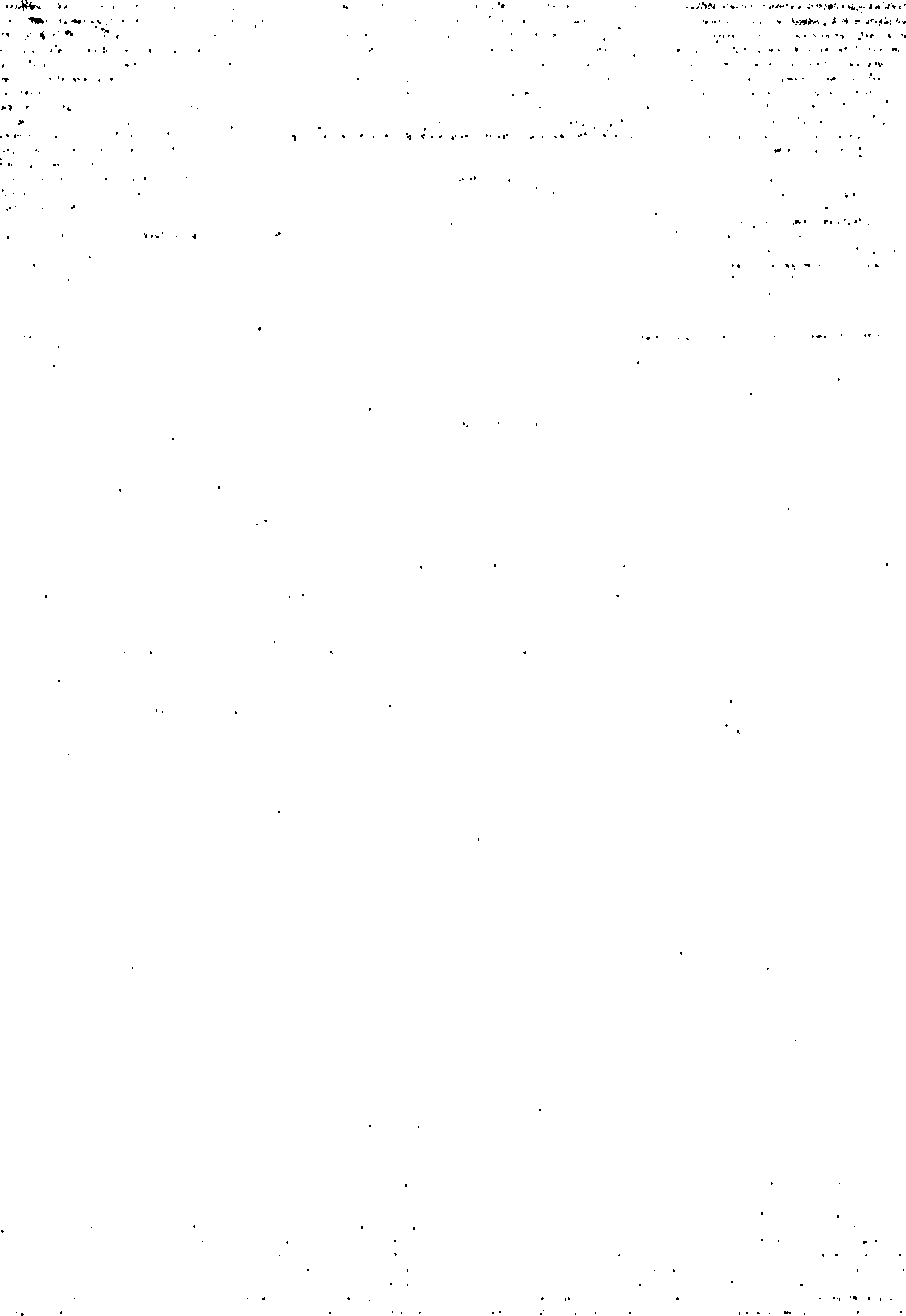University of Hyderabad (UoH) 2011 M.A History Entrance for M .A - Question Paper
ENTRANCE EXAMINATIONS, JUNE 2011 MA (History)
Time: 2 hours Max Marks: 100 HALL TICKET NUMBER:_

Part A - Objective Questions Marks: lx 25* 25
There is negative marking of 0.33 for every wrong answer.
1.The Harappan culture belongs to
(A) Copper Age
(B) Bronze Age
(C) Iron Age
(D)Chalcolithic Age
2. In the Rig Veda, the term grama refers to
(A) Group of villages
(B) Village
(C) Group of kinsfolk
(D) Small principality
3.The chief form of property in the Rig Veda was
(A) Gold
(B) Cattle
(C) House
(D) Land
4.The earliest script of ancient India was
(A) Brahmi
(B) Kharosthi
(C) Aramic
(D) Dravidian
5. Which one of the following schools of Buddhism emerged during the 7th century AD?
(A) Theravada
(B) Hinayana
(C) Mahayana
(D) Vajrayana
6.The milinda-panho is a dialogue between
(A) Two Buddhist kings
v -
(B) King and monk
(C) Jain monk and Buddhist monk
(D) Hindu philosopher and Buddhist monk
7. Which one of the following is NOT an agrarian tax?
(A) Bhaga
(B) Kara
(C) Sulka
(D) Halivakara
8.During the 13th century, the term fuwazir denoted
(A) surplus revenue remitted to the state
(B) headman of a paragana
(C) military rank
(D) Crown Land
9.Fatwa-i-Jahandari was written by
(A) Minhas Siraj
(B) Amir Khusrau
(C) Barani
(D) Hasan Nizami
lO.Alberuni wrote
(A) Chach-nama
(B) Siasat-nama
(C) Tajulmaasir
(D) Kitab-ul-Hind
11 .Principal governors of the Vijayanagara empire were known as
(A) Rautas
(B) Nayakas
(C) Poligars
(D) Nayars
12.Chilli and potato were introduced in India by
(A) Portuguese
(B) Dutch
(C) English
(D) French
13.Gulbadan Begum wrote
(A) Padshah-namah
(B) Humayun-namah
(C) Akbar-namah
(D) Shah-namah
14.The term pietradura refers to
(A) Wall painting
(B) Inlay work
(C) Italian style sculpture
(D) Special dome
15.The so-called 'triangular trade during the 18th century included which of the following countries?
(A) England, India, Indonesia
(B) India, England, Spain
(C) India, China, England
(D) India, England, France
16.The legislation which allowed the entry of Christian missionaries into India was
(A) Pitts India Act of 1784
(B) Regulating Act of 1773
(C) Charter Act of 1813
(D) Permanent Settlement of 1793
17.Woods Despatch of 1854 pertained to
(A)Military
(B) Finances
(C) Education
(D) Civil Services
18.Satya Shodhak Samaj was founded by
(A)Sri Narayana Guru
(B) Gopal Babu Walong
(C) Jyotirao Phule
(D) B R Ambedkar
19.Rani Gaidiliu, a rebel leader against the British was from
(A) Tripura
(B) Assam
(C) Nagaland
(D)Manipur
20.The Indian Independence League was formed in 1942 in the city of
(A) Singapore
(B) Berlin
(C) Tokyo
(D) Hong Kong
21.The Puma Swaraj resolution was in 1929 at the Congress session held at
(A) Haripur
(B) Lahore
(C) Karachi
(D) Bombay
22.An important Utilitarian philosopher among the following was
(A) Edmund Burke
(B) Charles Grant
(C) Jeremy Bentham
(D) William Jones
23.The Communist Manifesto' was published in the year
(A)1828
(B) 1848
(C) 1868
(D) 1888
24.Both Japan and Indonesia are made up of a chain of islands called
(A)Archipelago
(B)Peninsula
(C)Delta
(D)Atoll
25.Author of the celebrated book Orientalism* is
(A) Noam Chomsky
(B) Bipan Chandra
(C) Edward Said
(D) Paul Gilroy
PartB Marks 3 x 25 - 75
Answer any three questions, choosing one from each section. Each question carries 25 marks. Please use separate answer book for each section.
Section 1
1 .Did environmental factors play a role in the decline of the Indus valley civilization?
2.Discuss the controversies revolving around the theory of Aryan migration to India.
3. What are the factors that account for the decline of the Mauryan empire?
4.*Buddhism was an effective response to Brahmanical hegemony. Critically evaluate.
5.Discuss the evolution of the mother goddess in ancient Indian history.
Section 2
1 .Muhammad bin Tughlaq was visionary. Comment, on the basis of the various experiments he had embarked upon.
2.How centralized was the Mughal state?
3.Disintegration of the Mughal empire owes more to economic crisis than political factors. Elucidate.
4/Akbar was a secular ruler while Aurangzeb was a religious fanantic. Can this statement be justified by reference to historical evidence?
5.Discuss the system of Peshwa administration.
Section 3
1 .What is the so-called Macaulay minute? What impact did it have on the politics of Indians in the nineteenth century?
2.The Revolt of 1857 was anti-British but not national. Discuss.
3.How did the Moderates contribute to Indian nationalism?
4.Did the Indian economy underdevelop due to colonial rule?
5.What are the factors that led to the demand for Pakistan?
6
|
Attachment: |
| Earning: Approval pending. |
